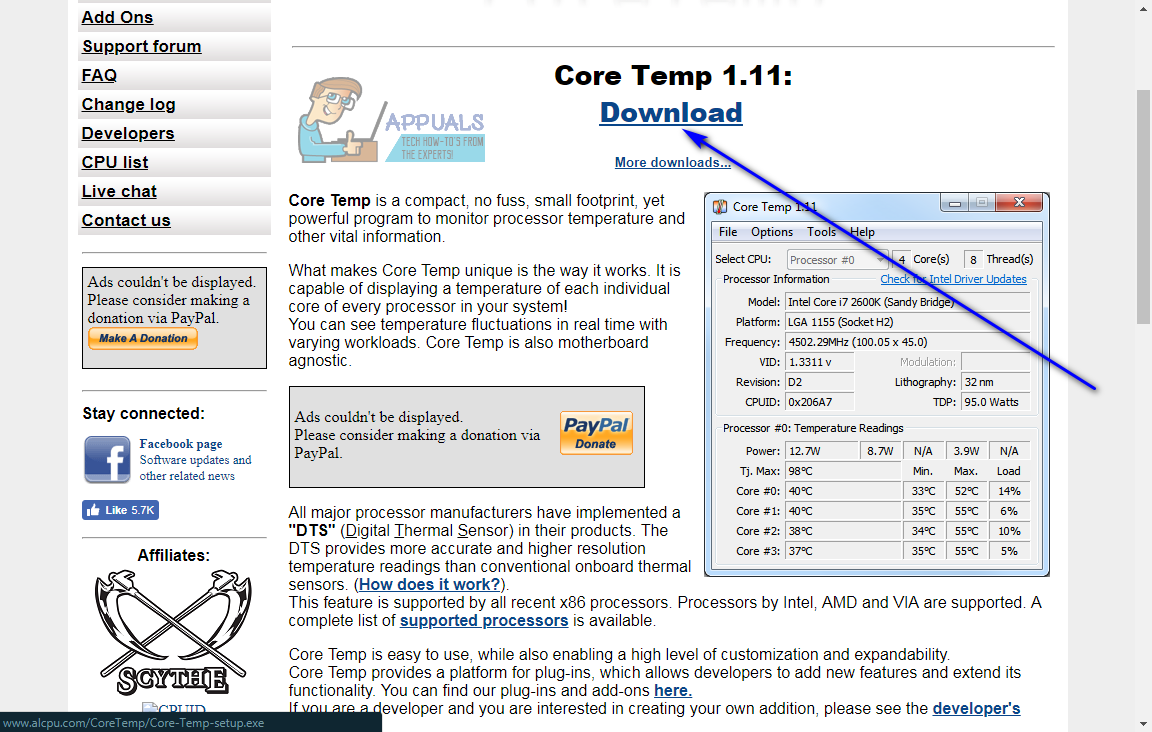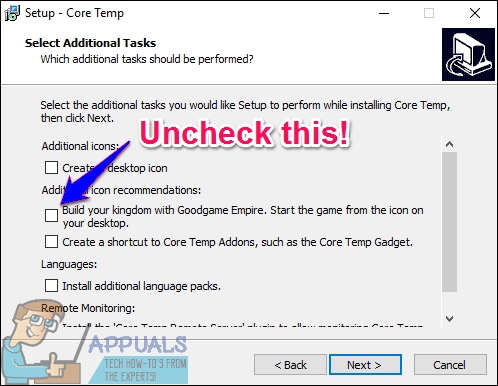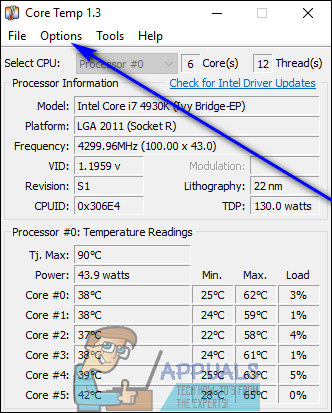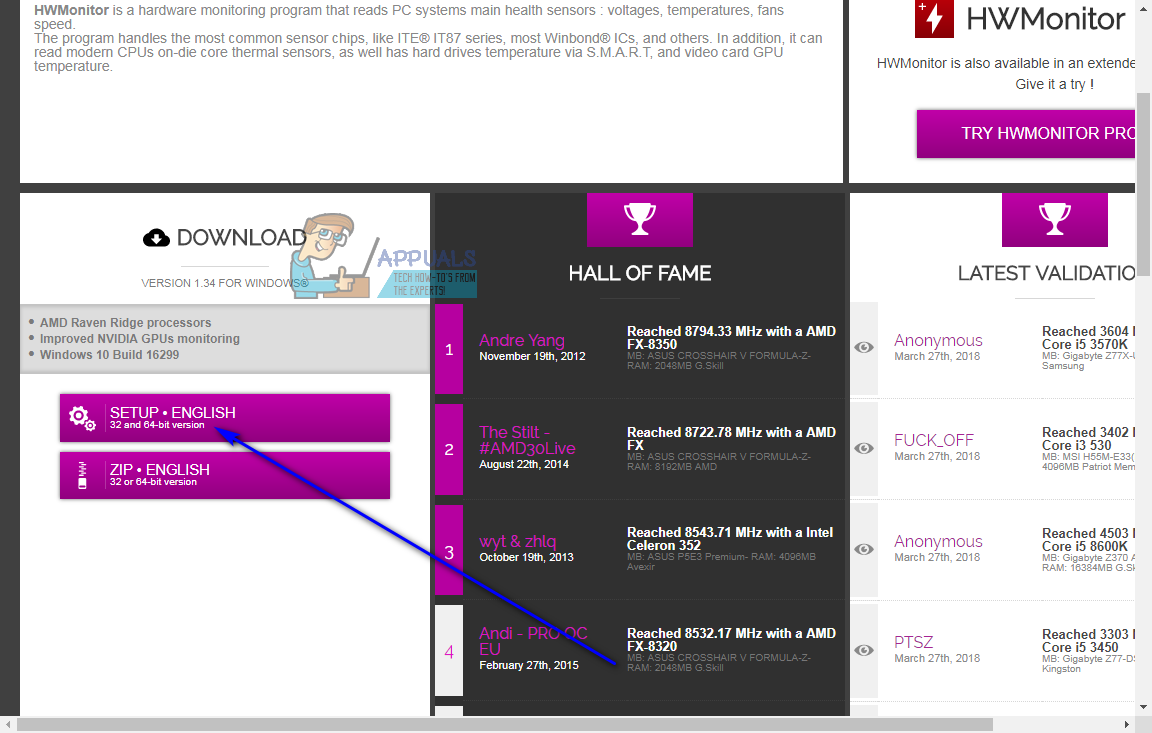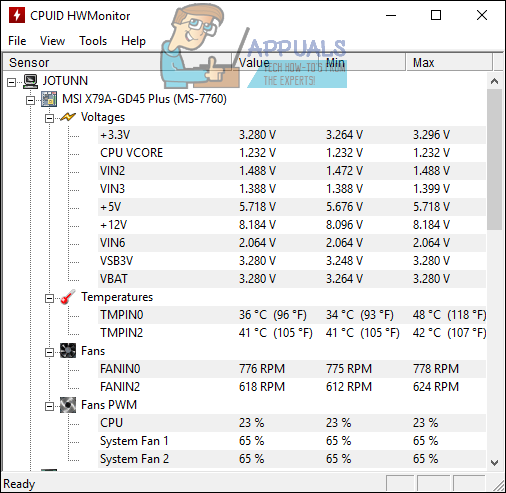Unfortunately for Windows users, Windows does not have a built-in feature or utility capable of checking and displaying the temperature of your CPU. A feature or utility of this kind is absent even from Windows 10 – the latest and greatest version of the Windows Operating System. Thankfully, though, application developers have come to the rescue with a plethora of different programs for Windows 10 that are capable of not only monitoring and displaying the temperatures of each of your processor’s cores but , in most cases, a lot more. You can only check your CPU temperature on Windows 10 using a third-party program, but there are a literal boatload of programs out there that you can use to do so. The following are the two best options you have when it comes to checking CPU temperature on Windows 10:
Option 1: Check CPU temperature using Core Temp
Core Temp is an extremely lightweight application that is compatible with Windows 10 and is capable of monitoring CPU temperature. Core Temp is a completely non-intrusive program as it simply runs in the background in your computer’s System Tray, keeping a check on the temperatures of each of your computer’s CPU’s cores. Core Temp is easy to use, really lightweight and, best of all, dedicated to only one function. Core Temp is also compatible with other popular third-party applications such as Rainmeter. If you would like to use Core Temp to monitor your Windows 10 computer’s CPU temperature, you need to: Core Temp‘s main window will display everything from the model of your CPU to the speed and temperature of each of its cores, as well as the Tj. Max value for your processor. A processor’s Tj. Max value is the maximum temperature (in Celsius) at which its manufacturer has rated it to be able to run on. A processor is considered to be overheating if it’s temperature is anywhere near its Tj. Max value, and the optimal temperature for a CPU is generally considered to be at least 10-20° lower than its Tj. Max value. In the main Core Temp window, you can click on Options > Settings to play around with a few additional features the program has to offer. These additional features include the ability to run Core Temp as soon as you log in to Windows and the ability to customize how Core Temp icons are displayed in your computer’s Notification Area or System Tray.
Option 2: Check CPU Temperature Using HWMonitor
If you would prefer being privy to a lot more information pertaining to your computer’s hardware than just the temperatures of your processor’s cores, you can opt to use HWMonitor. To use HWMonitor to keep an eye on the temperatures of all of your CPU’s cores, you need to: HWMonitor displays a lot more information regarding your computer’s hardware than just CPU temperature, which is what makes it a good program to have around. Go ahead and take a gander at the values for some of your computer’s other attributes, all of which can be monitored using HWMonitor.
What is the “Temp” folder and Should it be Deleted?How to Check CPU Temperature ‘Core by Core’ on LinuxHow to Fix the TeamViewer ‘Not Ready Check Your Connection’ Error on Windows?How to Check Your Java Version in Windows and macOS?
